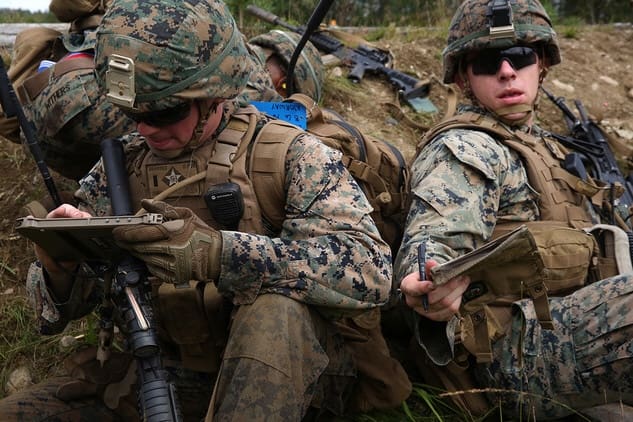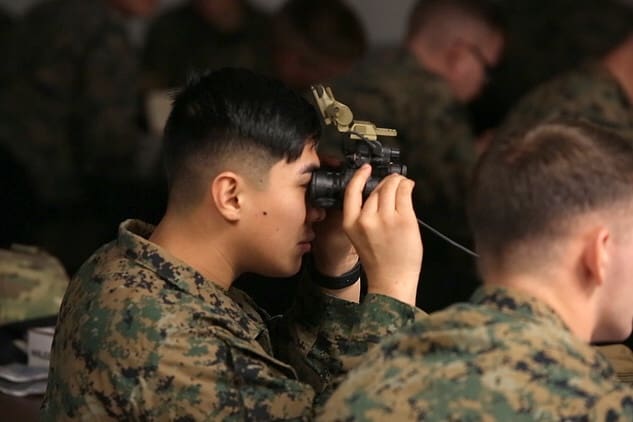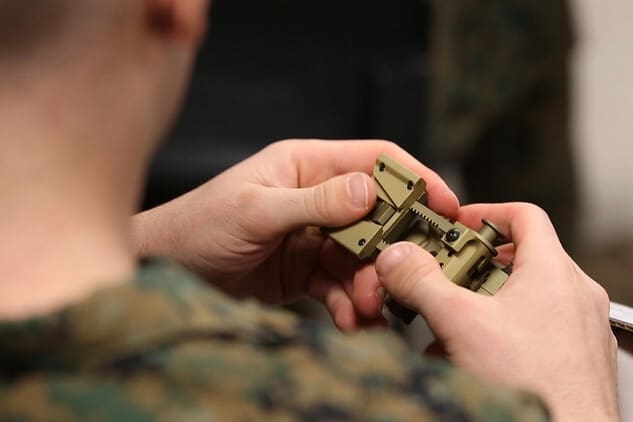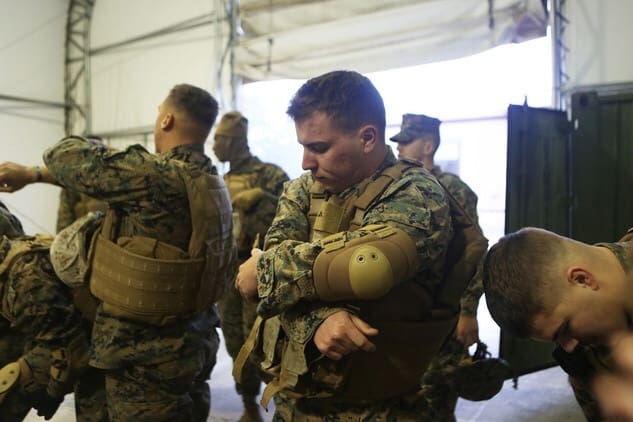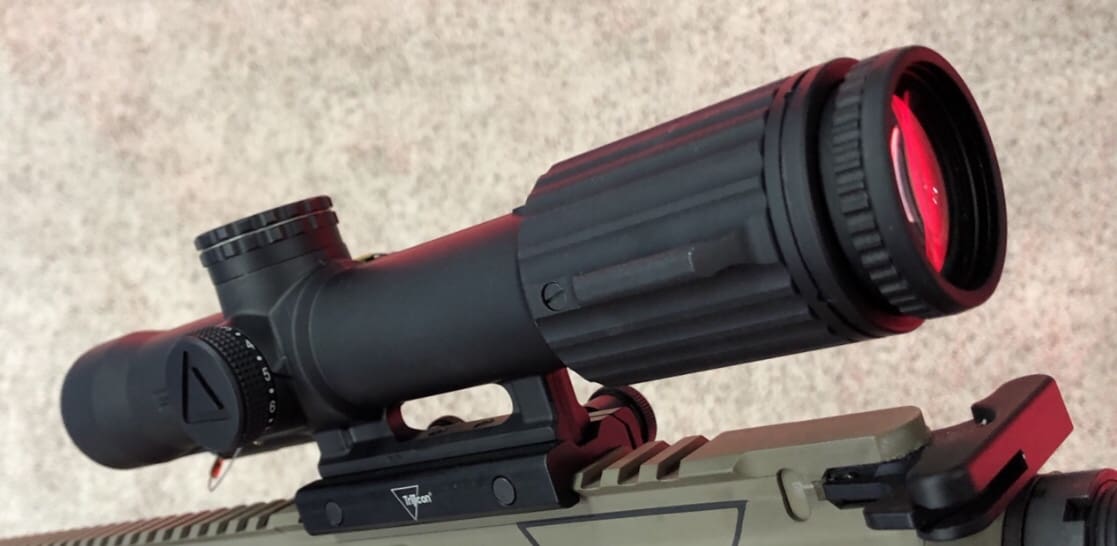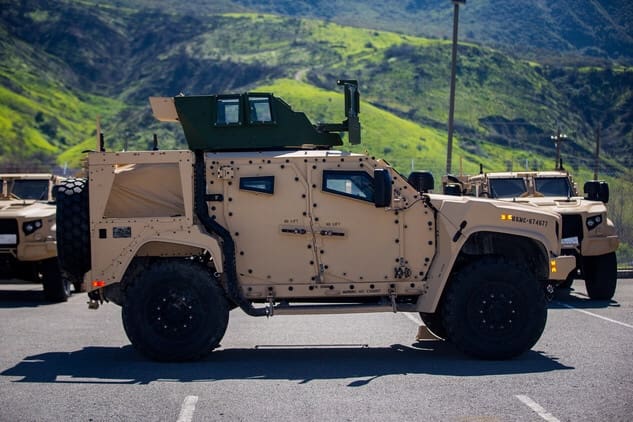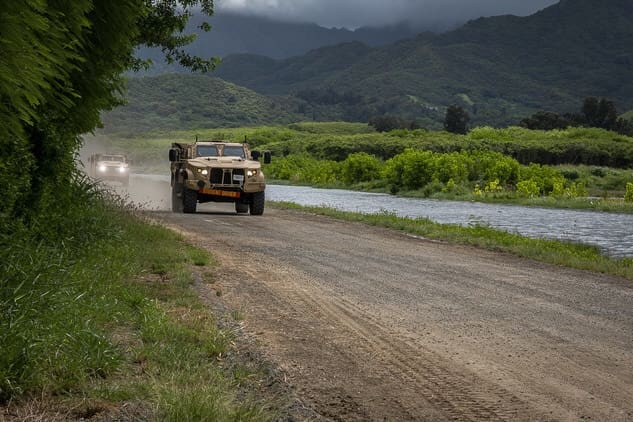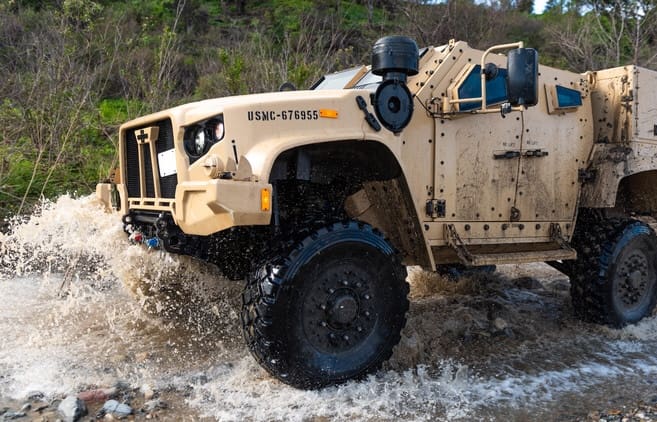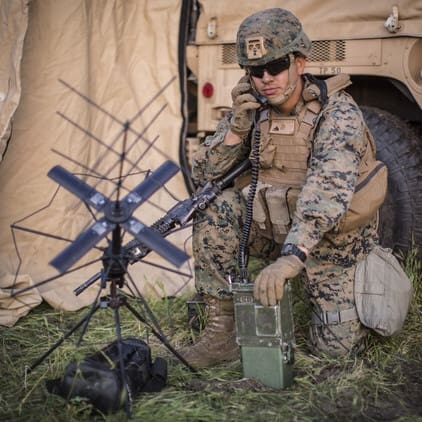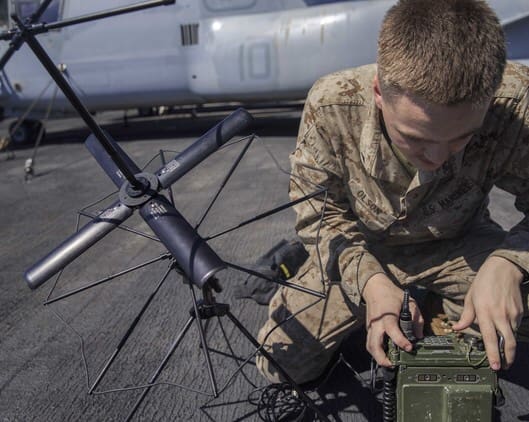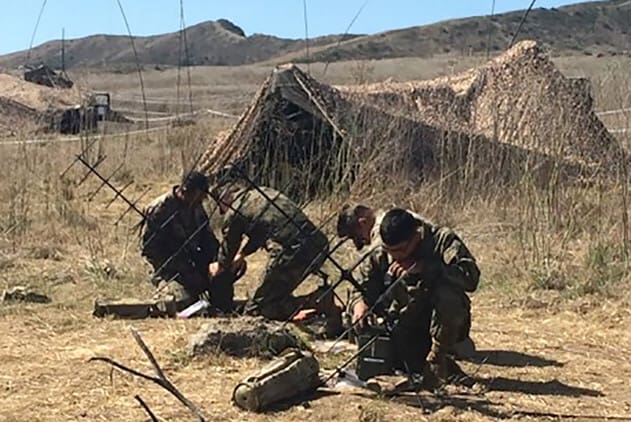MARINE CORPS BASE QUANTICO, Va. —
A Marine Corps Systems Command fire support device will be one of several communication technologies demonstrated at Island Marauder 2019.
The Target Handoff System version 2.0 is a lightweight, fire control system that employs commercial off-the-shelf, shock-resistant tablets to perform various targeting functions. The man-portable technology helps ascertain global positioning coordinates and call for fire support.
It allows Marines to use a single system to control close air support as well as artillery, mortars and naval surface fire support missions.
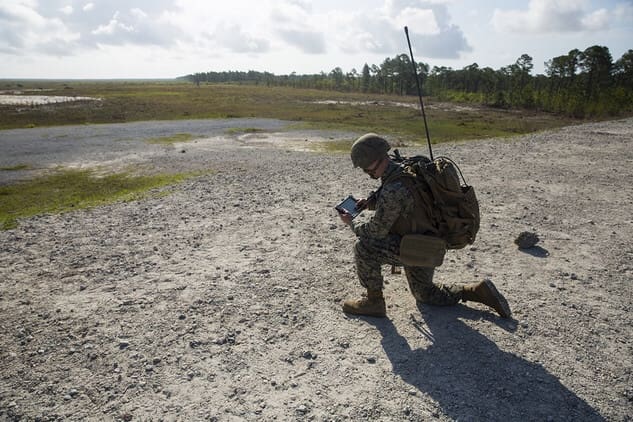
“THSv2 is the digital fire support Program of Record for the Marine Corps,” said Jeff Nebel, Fire Support Coordination team lead at MCSC. “It is a modular equipment suite that provides the warfighter with the capability to quickly and accurately identify and locate targets, and transmit that information digitally to fire support systems or weapons platforms.”
Fielded in fiscal year 2018, THSv2 enables the Marine Air-Ground Task Force to view an updated satellite image of the topography of a location. The technology provides a platform for receiving and manipulating video information. It can also be used as a controller for unmanned and autonomous systems.
“The system decreases the probability of incorrect data transfer of the initial fire request by providing a digital communication link between the observer and fires platform,” said Nebel.
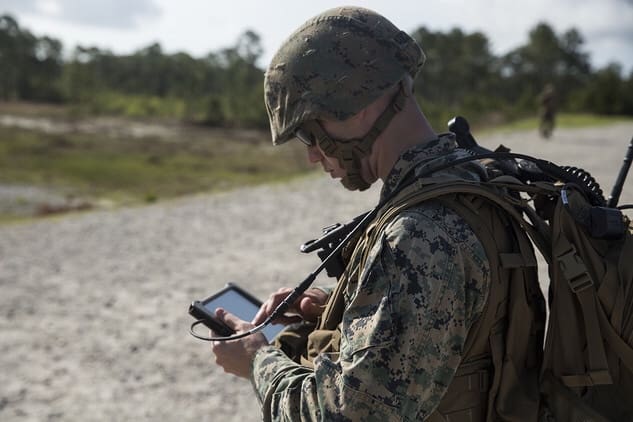
The Corps has leveraged electronic tablets—including the MAGTF Common Handheld—to support the warfighter. Like MCH, THSv2 is software embedded into a tablet. However, MCH is primarily used for situational awareness on the battlefield, while THSv2 feeds information to Advanced Field Artillery Tactical Data System and other fire support and weapons platforms.
THSv2 is interoperable with several other technologies, including the AN/PRC-117 radio, Naval Fire Control System and the Common Laser Range Finder-Integrated Capability. At Island Marauder 2019, Marines will demonstrate the interoperability of THSv2 with other communication systems, including Networking on the Move.
Engineers and analysts for the THSv2 emphasize its significance in completing missions on the battlefield.
“The Target Handoff System version 2.0 is important to the warfighter because it speeds up the kill chain and reduces human error by not requiring targeting information to be passed via voice,” said William Bensch, an analyst for THSv2. “Everything is done digitally.”
Since its fielding, THSv2 has received positive feedback from Marines who participated in various live-fire events and other training. Nebel hopes annual hardware and software updates will make the technology even more useful to the warfighter.
“It’s a piece of the latest and greatest in cutting edge technology,” said Bensch. “The system is robust enough to be expanded upon. We’re looking to provide the warfighter with the best equipment to engage the enemy faster and more efficiently—and THSv2 does that.”
Story Matt Gonzales, MCSC Office of Public Affairs and Communication | Marine Corps Systems Command
Photos by PFC Taylor W. Cooper


